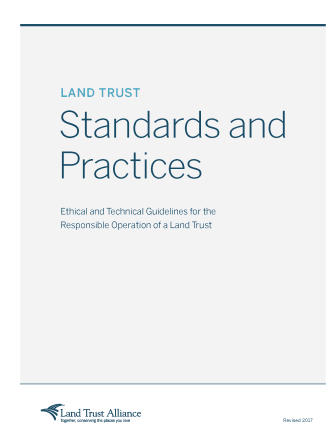Practice Element 3A2: Board Financial Oversight
Source

About This Practice
This guidance covers Practice Element 3A2, which includes five elements:
⬤ The board provides oversight of the land trust’s finances and operations by:
⬤ a. Reviewing and approving an annual budget
▲ b. Working to ensure that sufficient financial resources are available
⬤ c. Receiving and reviewing financial reports and statements in a form and with a frequency appropriate for the scale of the land trust’s financial activity
⬤ d. Reviewing the externally prepared financial audit, review or compilation
e. Adopting written policies or procedures for the responsible and prudent investment, management and use of financial assets
⬤ Accreditation indicator element | ■ Terrafirma enrollment prerequisite | ▲ Required for both
March 2023: Updated accreditation requirements for board review of financial reports under Practice Element 3A2c.
© 2017–2023 Land Trust Alliance, Inc. All rights reserved.